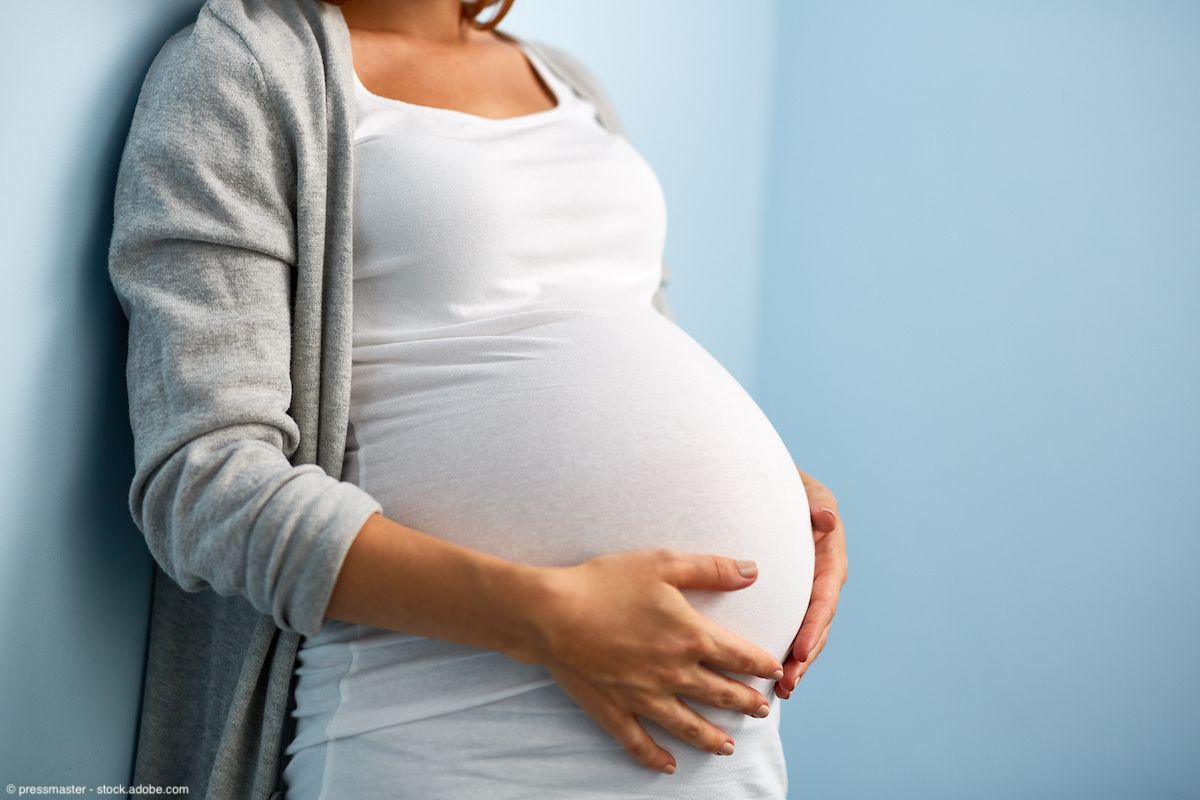Pregnancy and childbirth do not appear to raise risk of recurrence of stress urinary incontinence, investigators report.1
The finding comes from a study published in the American Journal of Obstetrics & Gynecology.
Approximately 20% to 25% of women worldwide experience SUI, which adversely impacts quality of life. The midurethral sling (MUS) procedure is the recommended treatment with success rates up to 85%.
Clinicians often recommend surgical treatment be postponed in patients planning childbirth because of concerns about subsequent SUI, and many also recommend cesarean delivery rather than vaginal delivery after prior MUS procedure. However, there is little information about the risk of recurrent SUI after an MUS procedure.
Takeaways
- Contrary to common assumptions, undergoing pregnancy and childbirth after a midurethral sling (MUS) procedure does not increase the risk of stress urinary incontinence (SUI) recurrence.
- The MUS procedure remains an effective treatment for SUI, boasting success rates of up to 85%.
- Clinicians often advise postponing surgical treatment for SUI in patients planning childbirth due to concerns about recurrence, but this study suggests such concerns may be unfounded.
- The mode of delivery, whether vaginal or cesarean, does not significantly affect the risk of SUI recurrence or the need for reoperation after a prior MUS procedure.
- While this meta-analysis presents compelling findings, it underscores the necessity for well-designed prospective randomized studies to either support or refute these conclusions.
Investigators conducted a comprehensive meta-analysis to evaluate the association between MUS procedure and SUI recurrence risk in subsequent pregnancy. Databases evaluated for literature up to September 20, 2023, include MEDLINE, Embase, Pubmed, the Cochrane Library, and Web of Science.
Randomized controlled and observational studies evaluating the risk of SUI recurrence in pregnant patients after an MUS procedure were included in the analysis. Studies evaluating the risk in vaginal vs cesarean delivery were also included.
Title, abstract, and full text screenings were performed by 2 independent reviewers, and disagreements were resolved by discussion. If needed, a third reviewer was included in the discussion.
SUI recurrence after childbirth and reoperation for SUI after childbirth were evaluated as primary outcomes. Secondary outcomes included the impact of delivery mode on SUI recurrence and reoperation rates. Risk of bias was determined using the Cochrane Collaboration’s Risk of Bias tool.
There were 6 studies with 381 patients who had a childbirth after an MUS procedure and 860 who did not have childbirth after MUS included in the analysis. Vaginal delivery was reported in 182 patients in the study group, cesarean delivery in 195, and both in 4.
Patients were aged a mean 34 to 36 years during the MUS procedure, with a mean 21 to 31 months between the procedure and delivery. An average follow-up time of 9.8 years was reported.
The odds of SUI recurrence following MUS were 17% to 24% among patients with childbirth vs 15% to 22% among patients without childbirth. This was not a statistically significant difference, with a risk ratio (RR) of 1.02.
The RR was also not significant for reoperation at 1.37. Additionally, SUI recurrence and reoperation did not differ between patients with vaginal and cesarean delivery, with RRs of 1.81 and 1.43, respectively.
These results indicated subsequent delivery does not increase SUI recurrence or reoperation risks among women who received a prior MUS. Investigators recommended well-designed prospective randomized studies to support or refute these findings.
Reference
1. Nahson C, Abramov Y, Kugelman N, Cohen N, Lavie O, Zilberlicht A. The effect of subsequent pregnancy and childbirth on stress urinary incontinence recurrence following midurethral sling procedure: a meta-analysis. Am J Obstet Gynecol. 2024;230(3):308-314. doi:10.1016/j.ajog.2023.11.1244

















